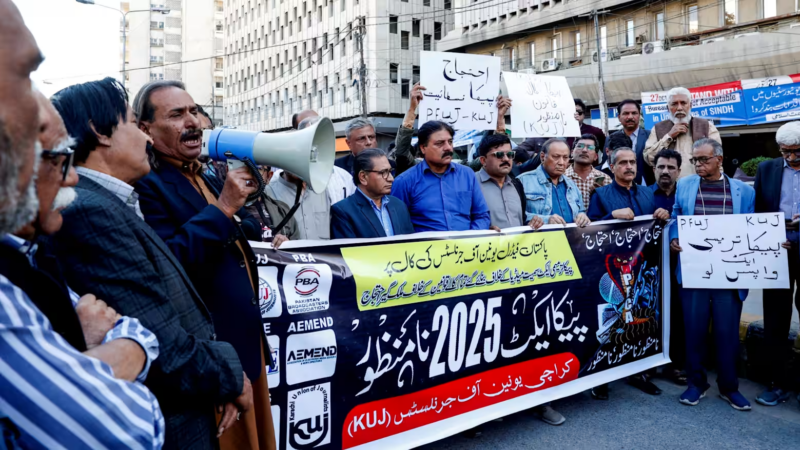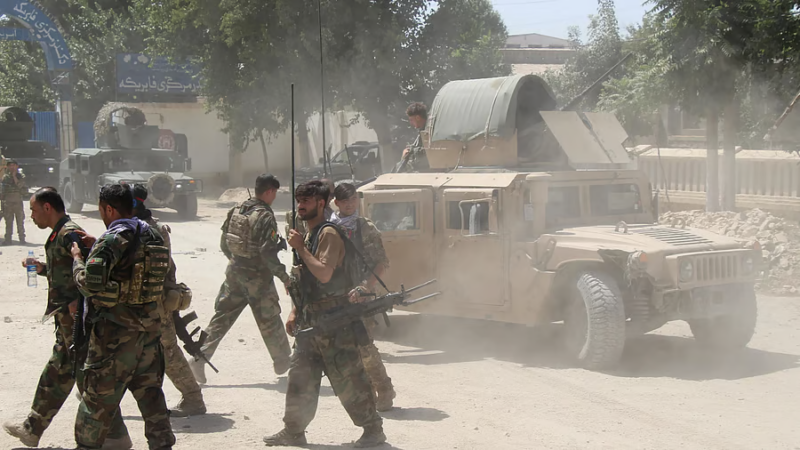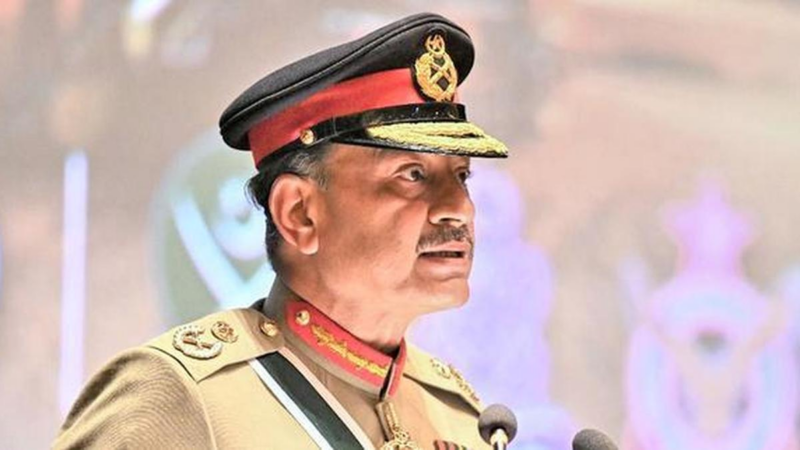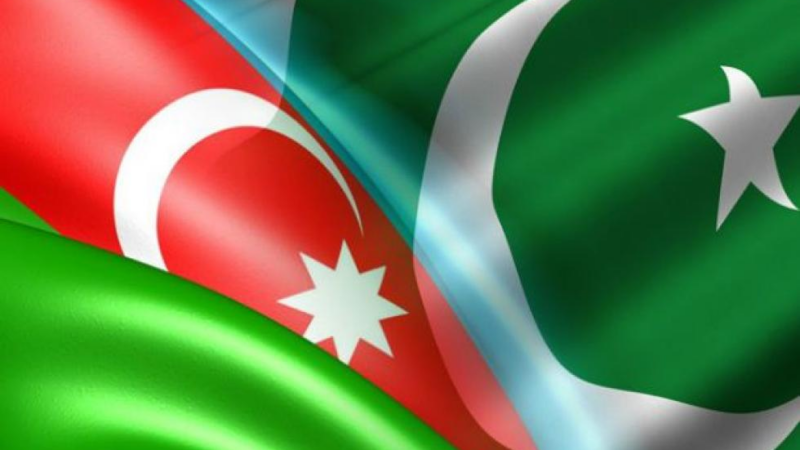A Straw of Hope for Sinking Pakistan
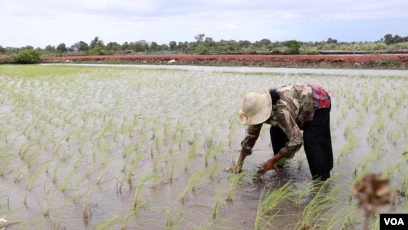
While economic situation in Pakistan has dipped to its lowest ebb in recent history and people are reeling under inflationary pressure and shortage of even basic goods like food and medicine, the international community’ reported generous response by pledging more than USD 8 billion comes as a great relief. The economic crisis of the country was aggravated by last year’s ravaging floods that killed 1,739 people and affected 33 million people. Pak economy is cash-strapped with no hope and wherewithal to rebuild in a climate-resilient manner after the devasting floods.
At the opening session of the ‘International Conference on Climate Resilient Pakistan’ in Geneva, which Prime Minister of Pakistan co-hosted with United Nations Secretary General Antonio Guterres, Prime Minister Shehbaz Sharif had sought USD 8 billion assistance from the international donors over the next three years on January 9. Pak Prime Minster inferred that the first part of the plan reflects the recovery and reconstruction requirement. It is estimated that the minimum funding of USD 16.3 billion is required by Pakistan, half of which will be met with domestic resources, half from foreign resources. Although the stated purpose of the day-long conference, attended by heads of state and government and other stakeholders, was to raise funds for the rehabilitation and reconstruction of flood-hit Pakistan in a climate-resilient manner, many observers opined that such a flow of assistance was much needed to save Pakistan from falling apart under the pressure of foreign exchange crisis and unsustainable debt burden.
In the intermediate and long terms Pakistan estimated that about USD 30 billion were needed to come out of the deadly impact of the most devastating floods in the last three decades. Pak Information Minister Marriyum Aurangzeb appreciated that the first plenary of the conference had culminated in a “generous outpouring” from the international community.
The break-up of the committed assistance shows that Islamic Development Bank contributed the largest USD 4.2 billion, followed by World Bank (USD 2 billion), the Asian Development Bank (USD USD 1.5 billion), France (USD 345 million), China and USAID contributing USD 100 million each, the European Union (USD 93 million) and Japan (USD 77 million). Marriyum Aurangzeb said on Twitter that a total of USD 8.75 billion had been pledged so far.
In his presentation Prime Minister Sharif said that Pakistan witnessed a “monsoon on steroids this year” that affected 30 million people, displaced more than eight million and washed away roads spread over 8,000 kilometres. The response of the Pak government was very poor because of lack of requisite funds and connectivity to provide the basic needs including shelter, food and medicine. It is because of this that the international community has come forward to avert a humanitarian crisis in Pakistan after political crisis led humanitarian crisis in the neighbourhood. The promptness of the international powers in providing economic support to Pakistan at the time of crisis is also being attributed to the efforts of West and its allies to wean away Islamabad from China which has created its strategic presence through investment and creating dependencies. This could be appreciated against the backdrop of poor response of the West in the Sri Lankan crisis.
Many analysts argue that floods are a recent happening and the economic crisis could not be attributed only to this natural disaster. Islamabad has been mismanaging its economy since long. Its populist regime of subsidies and doles despite sluggish growth and worsening revenues have increased the budgetary burden and fiscal deficit. The external debt of Pakistan also mounted over the years due to its mega projects under the CPEC, many of which were not feasible economically while some others are facing delays and cost over-runs. The country owes almost one third of its external debt to China, which is facing criticism for its debt trap diplomacy globally. The Pak regime has always ignored the people of the country while spending huge amount of money on acquiring military equipment.
Pakistan is reeling under a double-digit inflation with its consumer price index rising to 24.5% in December 2022. Cost of food in Pakistan increased 35.5% year-on-year during the same month higher than 31.1% previous month. The essential food items’ prices have soared beyond affordability of common man with onions recording a price rise of 43%, tea 63.8%, wheat 57.3%, eggs 54.4%, gram whole 53.2% and rice 46.6%. Pakistan is facing one of the worst flour crises due to shortage of wheat flour, pushing the price of wheat in Khyber Pakhtunkhwa, Sindh and Baluchistan to PKR 150/Kg. There are reports of stampede due to rush towards government booths supplying subsidized flour.
Although Pakistan estimated the fiscal deficit at 4.5% of GDP on the eve of FY 2022-23 Budget, it is now seeking a relaxation from the IMF to raise it as its revenue- expenditure gap has increased due to sluggish growth and compulsions of maintaining supply of essentials at subsidized prices amid rising inflation and cost of living. It is also because the unbridled monster of circular debt in the power sector that has ballooned to PKR 2.4 trillion.
The massive decline in foreign exchange reserves has left no space for Islamabad to repay its external debt without moratorium or assistance. The State Bank of Pakistan’s (SBP) reserves hit USD 5.576 billion by the end of December 2022, which means last year Pak foreign exchange depleted by USD 1 billion. Reportedly Pakistan repaid USD 1.2 billion of debt to two foreign banks last week, the things in subsequent months are going to be difficult with a free fall in its foreign exchange reserves for quite some time. With the current repayment, the SBP foreign reserves would decline to USD 4.4 billion, barely sufficient for a few weeks’ imports.
As of January 2023, Public Debt of Pakistan was around PKR 62.46 trillion (USD 274 billion) which is nearly 79% of the GDP of the country. The World Bank has estimated the country’s total external debt stock at USD 130.433 billion by end- 2021 in comparison to USD 115.695 billion by the end-2020. Pakistan could not easily salvage the situation as it is getting bleaker as shown by the trends of macro-economic indicators. The country has to repay USD 33 billion debt by 2023. According to SBP, Islamabad has so far arranged USD 20 billion for debt servicing this year, but it still needs USD 13 billion during the rest of the fiscal.
The scepter of default is looming large on the country. Meanwhile the announcement of assistance to the country from international development partners could help Islamabad to rise from the economic morass, especially the flood hit infrastructure and disrupted supply of basic goods which could act as a temporary solace. The thought of the day for Pakistan is that when it is facing a mammoth economic crisis and uncertainty, it should have a ceiling on military expenditure and urgently resort to a transfer of money from acquisition of arms, ammunition and military equipment to rebuilding an economy mismanaged and wrongly prioritized for long.

